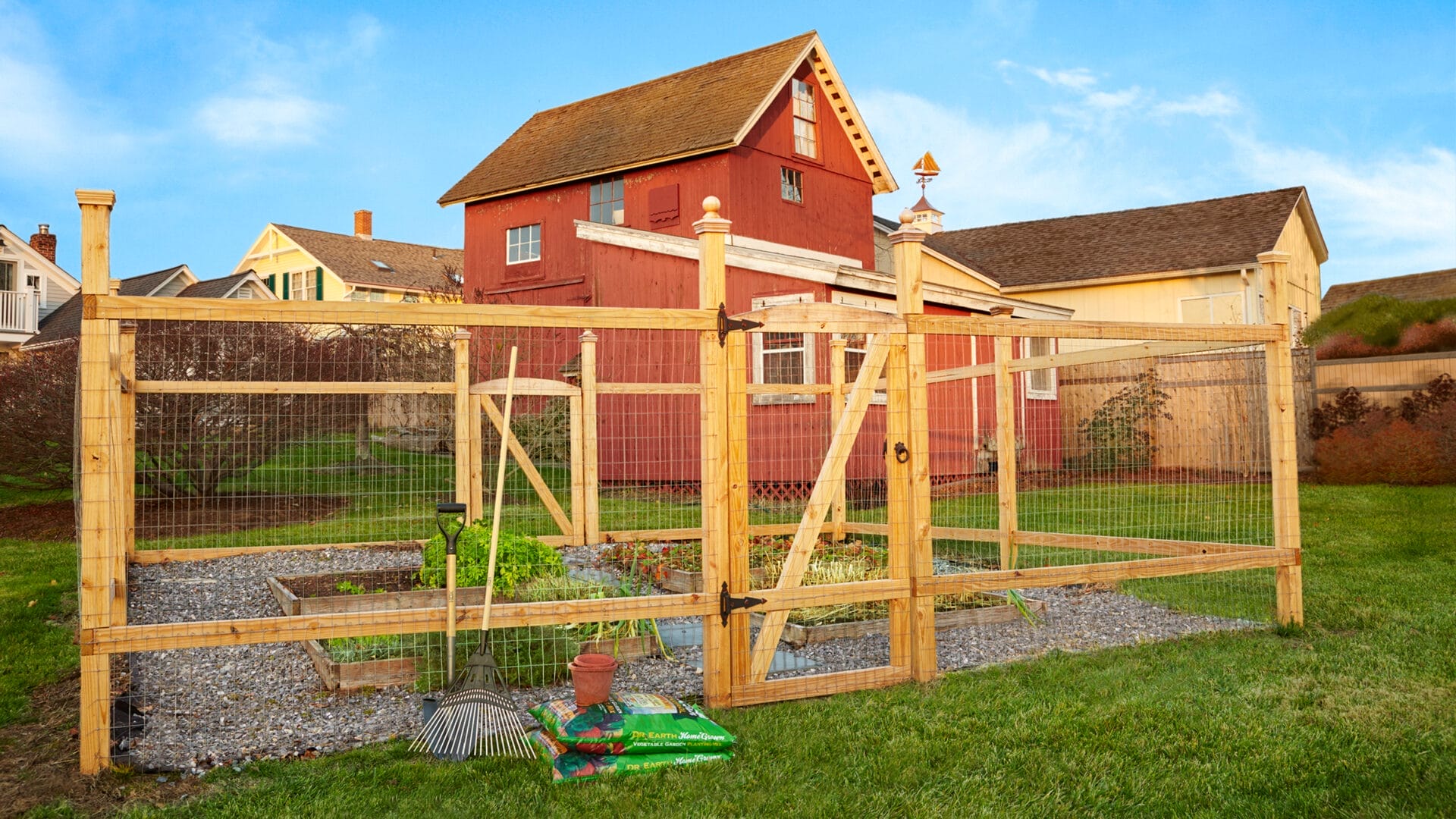Get the Latest on Government Home Repair Grants in Binghamton home repairs can feel like an endless saga. A leaky roof today, a creaking porch tomorrow, and an aging furnace that threatens to call it quits in the dead of winter. Yet, for homeowners in Binghamton, help is at hand—courtesy of a constellation of Binghamton government home grants designed to keep your residence sturdy, safe, and efficient.
Get the Latest on Government Home Repair Grants in Binghamton, Navigating these funding streams can feel labyrinthine. But breathe easy: this guide illuminates the latest opportunities, eligibility criteria, and insider tips to secure the assistance you need.

Why Government Grants Matter
When faced with hefty repair bills, many homeowners resort to credit cards or high-interest loans. Over time, interest can eclipse the original expense, turning a manageable repair into a financial quagmire. Government grants, by contrast, provide:
- Non‑repayable funds, so you owe nothing back.
- Targeted assistance for critical repairs—roofs, heating, accessibility upgrades.
- Energy efficiency incentives, lowering both carbon footprint and utility bills.
- Equity preservation, maintaining your home’s market value.
In short, Binghamton government home grants transform home maintenance from an imposing burden into an achievable project.
Types of Grants Available in Binghamton
1. City of Binghamton Housing Rehabilitation Grants
Scope: Available to owner‑occupants within city limits, these grants address essential repairs. Priority goes to:
- Roof replacement
- Electrical rewiring
- Plumbing upgrades
- Accessibility modifications (ramps, grab bars)
Amount: Up to $20,000 per household. Seniors and persons with disabilities may qualify for bonus funding.
Funding Source: Community Development Block Grant (CDBG) via HUD.
2. Broome County CDBG Repair Grants
Scope: Extends services to unincorporated areas and participating towns (Conklin, Dickinson, Fenton, Maine, Union). Eligible repairs include:
- Structural stabilization
- Lead paint abatement
- Mold remediation
- Furnace replacement
Amount: Up to $25,000, non‑repayable.
Key Distinction: Applicants outside the city of Binghamton proper can leverage this county program.
3. New York State Weatherization Assistance Program (WAP)
Scope: Focuses on energy efficiency to reduce heating/cooling costs. Typical interventions:
- Insulation (attic, walls, floors)
- Air sealing (windows, doors, ductwork)
- HVAC tune‑ups or replacements
- Health and safety fixes (CO detectors)
Amount: Full coverage of authorized measures; no cap per household, subject to eligibility.
Eligibility: Income at or below 200% of the federal poverty level; special priority for seniors and families with children.
4. USDA Rural Repair Loans & Grants
Scope: For homeowners in USDA‑designated rural tracts of Broome County. Offers:
- Loans for repairs and improvements.
- Grants for seniors (62+) to address sanitation or safety hazards.
Loan Terms: Up to $40,000 at 1% interest.
Grants: Up to $10,000, non‑repayable.
5. Home Energy Assistance Program (HEAP)
Scope: While primarily for heating costs, HEAP’s Emergency Furnace Repair stream covers:
- Critical heating system repairs
- Complete furnace replacements in life‑threatening circumstances
Amount: Varies by need; can cover 100% of eligible cost.
Eligibility Criteria
Each program has distinct requirements. Common threads include:
- Ownership and Occupancy: You must own and live in the property.
- Income Limits: Based on Federal Poverty Guidelines or Area Median Income (AMI).
- Property Age and Condition: Many grants target homes older than 10 years or with code violations.
- Location: Defined by city limits or USDA rural classification.
- Compliance: No outstanding property taxes or building-code infractions.
Verifying these criteria early ensures you focus on programs where you qualify.
Step‑by‑Step Application Guide
- Pre‑Screening Inquiry
Call or visit the relevant agency’s office. Provide preliminary details: address, household size, rough income range. - Gather Documentation
- Proof of ownership (deed or mortgage statement)
- Proof of occupancy (driver’s license, utility bill)
- Income verification (pay stubs, tax returns)
- Estimates from licensed contractors
- Submit Intake Form
Complete the official application—online portals exist for some programs, while others require in‑person submission. - Home Inspection & Scope Definition
Program staff conduct a walkthrough, documenting hazardous conditions and feasible repairs. They produce a Work Scope outlining eligible items. - Approval & Funding Agreement
Upon board or committee review, you receive a grant/loan commitment letter. Review terms carefully—note repayment obligations (if any) and project timelines. - Contractor Selection
Choose a pre‑approved contractor or solicit multiple bids. Ensure they hold licenses, insurance, and familiarity with grant requirements. - Repairs & Compliance Inspections
Repairs proceed under agency oversight. Inspectors verify code compliance and quality workmanship at key milestones. - Project Completion & Final Audit
A final inspection confirms all scope items are satisfied. Funds are disbursed directly to contractors or reimbursed to homeowners, per program rules.
Uncommon Terminology to Know
- Deferred‑Payment Loan: A loan with no payments due until a future date or upon resale.
- Forgivable Loan: The loan is forgiven (converted to a grant) after certain conditions are met.
- Lien Period: The time during which the agency can recoup forgivable loan amounts if residency requirements are breached.
- Energy Star Certification: Standard for high‑efficiency appliances and building components, often required for WAP eligibility.
- Universal Design: Housing modifications that improve accessibility for all users, a priority for certain grants.
Pro Tips for Applicants
- Apply Early: Funding pools deplete quickly, often by mid‑year.
- Leverage Multiple Programs: Stack a county grant with WAP measures to maximize impact.
- Maintain Code Compliance: Resolve any building violations before applying; unresolved infractions can derail your application.
- Get Pre‑Approvals: Pre‑authorize changes with local planning departments when zoning issues arise (e.g., adding a ramp).
- Document Every Step: Photograph pre‑ and post‑work conditions; keep receipts, permits, and communication logs neatly archived.
Case Study: A Porch Revitalization Story
Imagine the Johnsons, a retired couple living in a 1920s bungalow in south Binghamton. Their front porch had sagged, steps were rotting, and snow seeped into the crawl space. They faced a $15,000 repair bill—daunting on fixed incomes.
By tapping into Binghamton government home grants, they:
- Secured a $12,000 city rehabilitation grant for structural and roofing repairs.
- Applied to WAP for insulation and air sealing in the crawl space.
- Leveraged a USDA grant for seniors to replace a malfunctioning water heater.
Out-of-pocket costs: Under $2,000. Result: A sturdy, weather‑tight porch, lower energy bills, and renewed confidence in aging in place.
The Future of Binghamton Home Repair Funding
Municipal budgets and federal appropriations shape the ebb and flow of grant availability. Keep an eye on:
- Updated CDBG allocations after federal budget approvals.
- State housing bonds that may inject fresh funds into rehab programs.
- Infrastructure bills that include home resiliency measures (e.g., stormproofing grants).
Subscribe to local housing authority newsletters and attend city council meetings to catch announcements—and potential expansions of Binghamton government home grants.
Home repair needn’t be a harrowing ordeal. With the right blend of Binghamton government home grants, strategic planning, and informed application tactics, you can turn deferred maintenance nightmares into manageable, cash‑friendly projects. From city rehabilitation loans to state‑level weatherization, federal rural repair funds to non‑profit volunteer crews, the options are myriad.
Get the Latest on Government Home Repair Grants in Binghamton, Invest a little time now—research, document, apply—and reap the dividends of a safe, comfortable, and energy‑efficient home. Your Binghamton house deserves care that matches its history, character, and your aspirations. Unlock the grants, and let the repairs begin.





